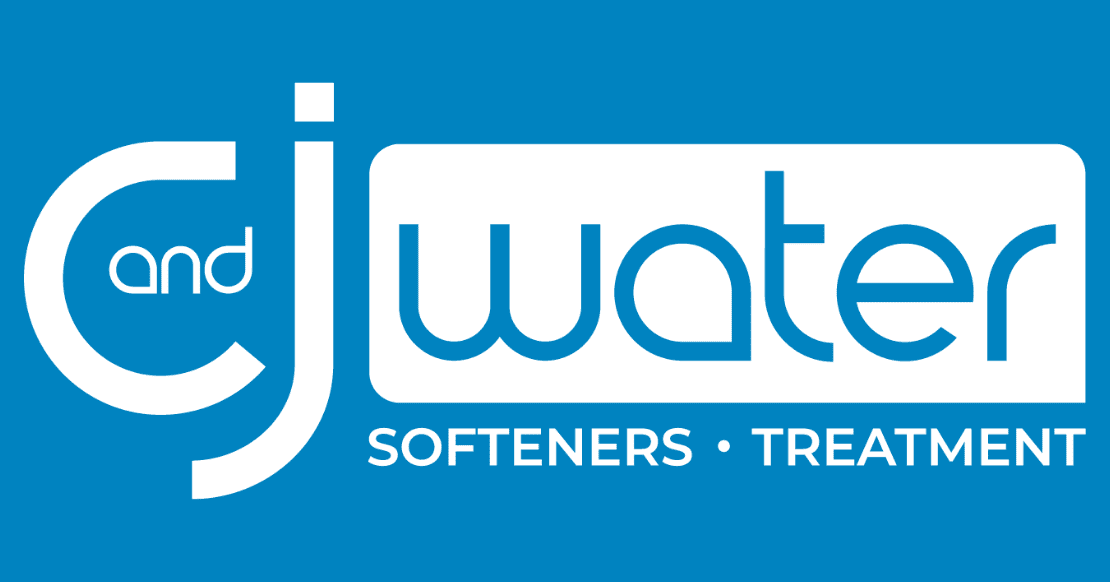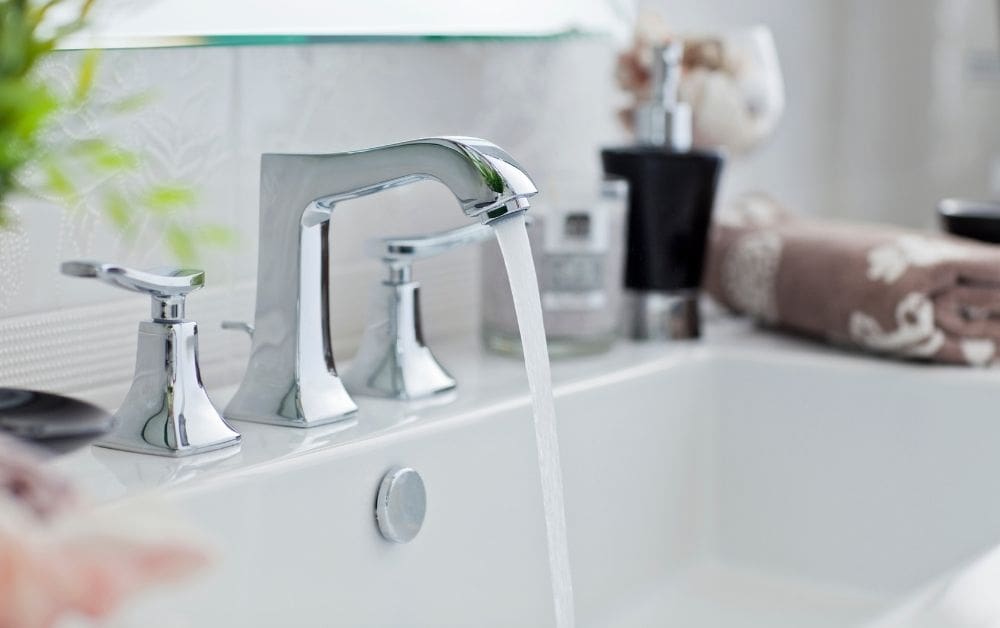Could the Problems at Your Faucet Signal Larger Water Well System Issues?
If you have a private water well, you have a wonderful resource that will provide your family with many years of excellent water with minimal upkeep. Nevertheless, sometimes homeowners wait until a minor issue becomes a major problem. A water well requires certain preventive maintenance measures, but often these procedures are neglected until it’s too late. The good news is that there are some tell-tale signs to look for that will alert you to water well problems and well pressure tank problems. There are simple steps that you can take to troubleshoot water well problems.
Little annoyances at your kitchen or bath faucet can potentially portend major water problems with your well water. Pulsating or sputtering faucets, low water pressure, or even odiferous and discolored water may signal some serious problems with your water well system. It is important to recognize these problems and solve them before they become expensive repairs.
Pulsating or Sputtering Faucets
A faucet that sputters out water instead of a steady stream is often caused by air in the plumbing. This air can be introduced by a restriction in your plumbing, improper calibration of well system components, a worn-out pressure tank, or even a leak in your water well system. If you have a tank that is quick cycling—going on and off multiple times per minute—this could indicate your pump is starting and stopping unnecessarily. This quick cycling can burn out a pump, rub on the wire, and even split your water line.
Low Water Pressure
Another problem that seems small and mildly irritating is low water pressure. While it may seem just annoying to take longer showers or do dishes, it could portend larger issues like low tank pressure, restrictions in your in water lines, or even leaks. Something else to consider is you may have the wrong size well pump, or it is set too high in your water well casing. Also, it could be that it is too old and unable to keep up like it used to. Low water pressure can also be caused by many other things, including a failing well pump, stuck check valve, partially closed or bad gate/ball valve and leaking/failing pressure tank. In some cases, iron bacteria clog up the pipe nipple leading to the pressure switch causing the pressure switch to sense pressure incorrectly.
Water Has a Weird Taste or Odor
If your water is having a weird smell or taste, don’t just get used to it, check into it. Bad taste and odors usually indicate issues with your water quality. Sediment, minerals, metals, or even gases could be finding their way into your water system. While some of these problems are innocuous, others can be dangerous for your family. The best thing to do if your well water quality changes sharply is to get your water tested. If you notice a big drop in water pressure or see large amounts of sand or grit, you should reach out to a C&J and have us take a look.
Electric Bill Increase
Have you experienced a higher-than-normal electric bill? This could mean that your water well system is working harder than it should. As mentioned above, your pump could be quick cycling and using more electricity.
When a pump wears out or becomes blocked with sand, silt, or iron bacteria, it needs to work much harder than if it was in good shape.
This overworking can result in an increasingly higher power cost. Another common cause of a high power bill is when the check valve in the well goes bad (if it has one). This enables water from your pressure tank to flow back down into the well, reducing pressure and signals to the pressure switch to turn the pump on again and pressurize the pressure tank. This on and off-cycle may occur every few minutes and essentially allow the well pump to run practically 24 hours a day, causing a high power bill.
The bottom line is, if you have any of these small issues, don’t procrastinate until they become larger, more expensive repairs. One way to mitigate expensive repairs is preventative maintenance. C&J offers an annual six-point inspection that evaluates water flow, check the air in your pressure tank, analyzes your pressure switch, examines for any leaks in your piping, tests the amps and ohms to your water well pump, and even send a sample of your water to an independent laboratory for bacteria testing. We are currently offering this annual inspection for $285, instead of our regular price of $385. Whatever your issue is, don’t delay—call C&J today!










